Introduction
Networks are vital to research disciplines. Collaboration and data mobility rely heavily on network infrastructure, and almost always cross administrative domains. Ensuring that things are operating well, on an end-to-end basis, is critical. Monitoring within a single domain is a common and accepted practice; cross-domain performance monitoring is difficult to do with traditional tools. perfSONAR is a widely-deployed test and measurement infrastructure that is used by science networks and facilities around the world to monitor and ensure network performance.

Design of Networks
Networks are designed as components of a larger system. Heterogeneous mixtures of hardware and protocols are the norm, especially in large collaborations. Interoperability takes precedence in most cases, along with local control and policy being preserved. Because of this, actions taken by one organization can affect the performance of users in another organization. A global monitoring framework is required in order to reliably discover and mitigate these issues.

The End-to-End Problem
Networking use cases span this complex environment of providers, paths, protocols, applications and user expectations. It is uncommon to have visibility into why things work well, or perform poorly. While monitoring things internally is standard, why is it rare to monitor performance into the networks of providers or collaborators? This missing viewpoint hurts network users most of all, as they are the first to stumble upon problems that are exacerbated when latency and paths increase, and protocols react adversely.
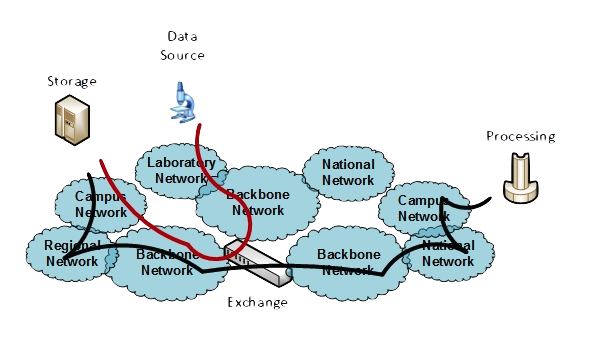
Soft Failures
What makes a network run slowly? Factors such as congestion can cause fair protocols, such as TCP, to moderate their performance. Infrastructure flaws, such as damaged cabling or hardware, can introduce errors that must be corrected. Configuration that doesn’t account for network buffering is also common, along with applications not designed for high performance. The problems are numerous, span all layers of the definition of a network, and may exist at any portion of an end-to-end path.

Stakeholders
There are many actors involved in the operation and use of a network. An end user simply wants their use to work without it feeling slow; their productivity is tied to a well functioning network. Collaborations have goals for data mobility and reliability, and it is common that these parties do not directly control the networking resources they use. Network maintainers serve these use cases, but are focused on ensuring that their own infrastructure is working well; it is challenging, if not impossible, to ensure that end-to-end workflows are performing well unless there is participation from all members on a path.
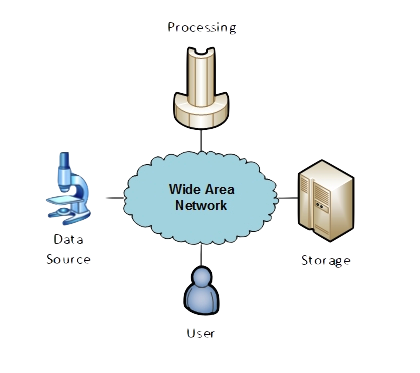
Problem Statement and Solution
Identification of problems, when they happen, is best served by active measurement against a predefined notion of success. The performance probes that perform the measurements must be available along paths of interest: at campus endpoints, demarcations between networks, within carrier points of presence, at exchange points, and near data resources such as storage and computing elements. Access to these resources for testing, as well as the data they produce, should be open to the science community to facilitate a deeper understanding of expectations and faster problem resolution.
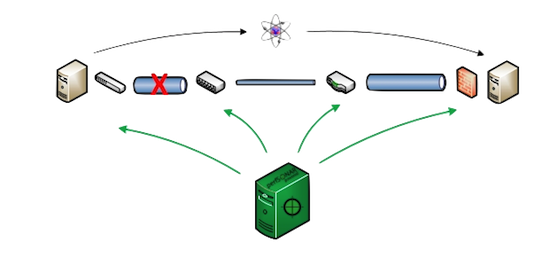
perfSONAR
perfSONAR is a network measurement toolkit designed to provide federated coverage of paths, and help to establish end-to-end usage expectations. There are 1000s of perfSONAR instances deployed world wide, many of which are available for open testing of key measures of network performance. This global infrastructure helps to identify and isolate problems as they happen, making the role of supporting network users easier for engineering teams, and increasing productivity when utilizing network resources.
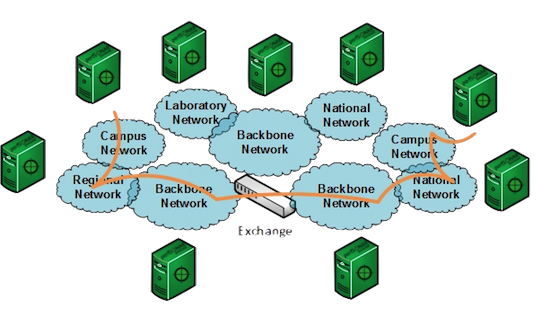
perfSONAR provides a uniform interface that allows for the scheduling of measurements, storage of data in uniform formats, and scalable methods to retrieve data and generate visualizations. This extensible system can be modified to support new metrics, and there are endless possibilities for data presentation.
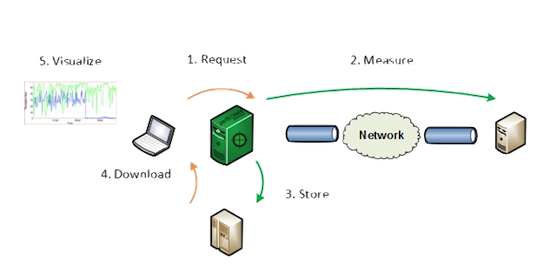
perfSONAR Podcast
The perfSONAR project collaborated on a podcast with RCE (Research Computing and Engineering), a group that explores topics relevant to the High Performance Computing and Research Computing communities. This podcast offers an introduction to perfSONAR, as well as discussion about what the future holds. It is ~45 minutes in length, and can be found here:
